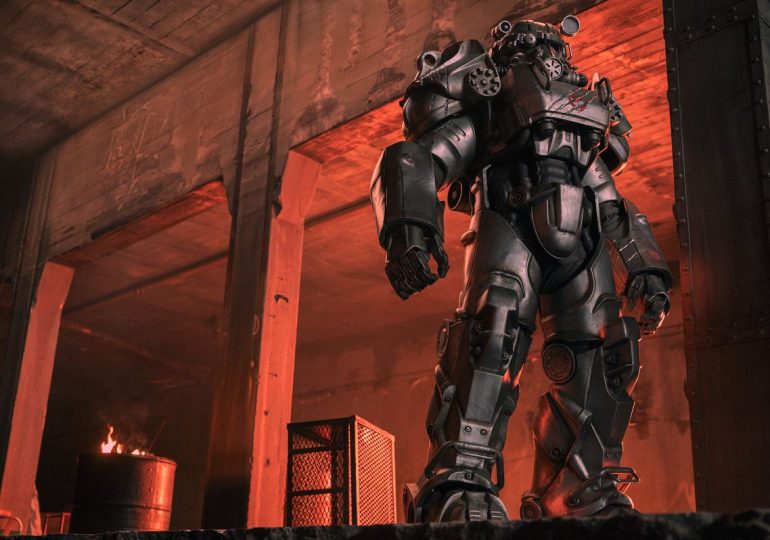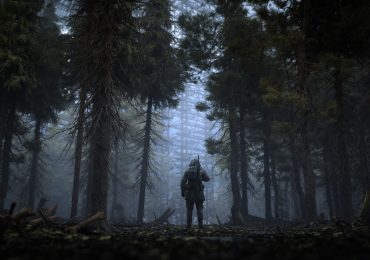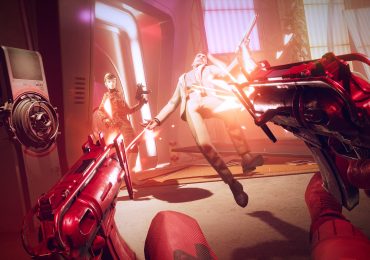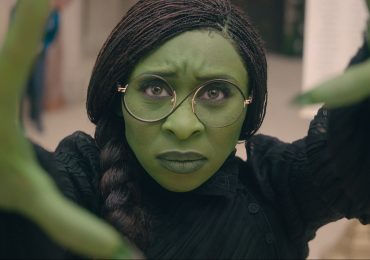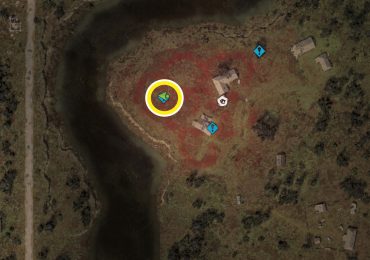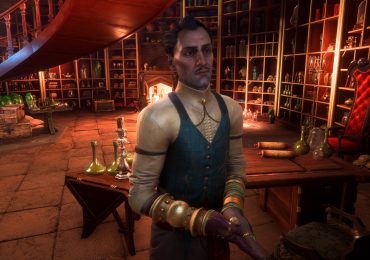Fallout is a show totally committed to its world. This instinct goes deeper than just embracing the irreverent tone, lore, or story of the games the Prime Video series adapted. Instead, it’s about making the terrain of Fallout’s Wasteland feel lived-in and real — right down to making the gadgetry actually function.
“We were never going to beat Bethesda with computer graphics,” executive producer Jonathan Nolan tells Polygon. “Those games are so beautifully made. The one thing we can add, the one thing that we could bring to the table, was reality. So we took a page from Ridley Scott’s book for the original Alien.”
That meant building a ton of original props for the show — a Mr. Handy puppet threatening Ella Purnell’s Lucy, a Nuka-Cola bottle buried in the sands of Namibia, and several actually functional Pip-Boys (albeit slightly smaller than their video game counterparts). It also, most importantly, meant building actual power armor for the Brotherhood of Steel.
The armor had to be the very first thing that Fallout production designer Howard Cummings started on. “I had never done [armor like that], but I knew it took a whole lot of time. So I called a bunch of people who worked on things like Iron Man,” Cummings says, noting it was early enough that there wasn’t even an assigned producer on the show. He and his team (then just two prop guys) eventually started working with a company called Legacy, which had indeed worked on Tony Stark’s Iron Man suits starting with Iron Man 2. Co-showrunners Geneva Robertson-Dworet and Graham Wagner picked the T-60 for the main season 1 power armor model, which gave Cummings a virtual model to work off of. (“I like the T-60,” says Cummings. “It’s funky, you know, in a good way, and kind of klutzy.”) But even with all that squared away, Cummings gave the team a new challenge: building a whole suit.
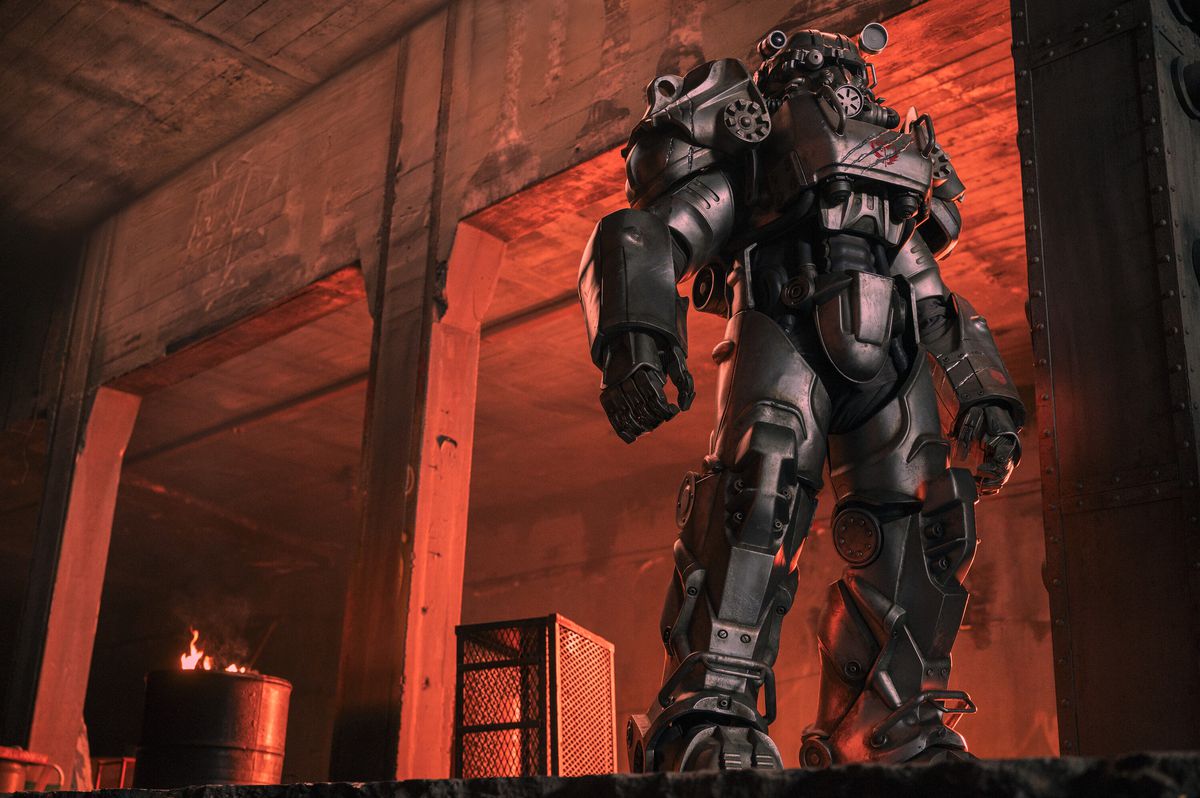
“Even Iron Man — I think the suit started more full, and then it got shrunk down to pieces, because it’s so difficult for the actors,” Cummings says of Marvel’s past metal-suit efforts. The goal for all of the Fallout production was practical wherever possible. For Cummings and his team, that meant a full suit of power armor that could actually move around. “We started getting into how to make it move, [and] we also wanted the clamshell where it opens up.
“So we had to tear the suit apart, just in terms of, OK, this is theoretically how it moves.”
As Cummings tells it, getting the suit to a place where it was both functional and good-looking took a ton of creativity, and a whole lot of teamwork. Almost every mechanism needed to be designed individually in order to move, whether to actually walk or — in the case of the one major design change they made from the games — actually open the visor. (“That is actually real!” Cummings celebrates. “I mean, we friggin’ did that.”) In the early days, they had an illustrator animate working designs in order to see how it moved and what limitations there were (and there were always limitations). Eventually the pieces came together, and the next step became clear, à la Alien and Ridley Scott’s approach to practical effects.
“He built the [xenomorph] around the idea of one terrifically talented movement actor and stunt performer,” Nolan says. “And so we did the same thing with this. Adam Shippey, he was our stunt performer. We brought him on four months before we started shooting, built the power armor around him, rehearsed with him. And we’re very proud of the fact that there is virtually no CG use in that — including the jetpack sequence.”
[embedded content]
Still, even though he’s more than 6 feet tall, there were restrictions on what Shippey could do in the suit. “We had a puppet to make it so the guy in the suit actually could operate the hands,” Cummings says. Those took some work; it was important to keep the arms long to make them proportional to the legs, but it also was like trying to play a claw game with mech armor. “Making [the suit] taller was kind of easier, because it was just giant shoes, basically. They had to move; they had to get him up and down steps, or across rough terrain, which is even harder. Because, you know, they can’t see down!”
Shippey made it work. He could dance around, hold prop guns, and, yes, even jetpack around on location, whether that was in sweltering upstate New York or the dry locales of Namibia and Utah. “I’m conditioned to it at this point,” Shippey told ComicBook.com. “It’s like putting on an old comfortable pair of pants that are really, really heavy.”
Fallout is certainly committed to making the armor fallible — the number of times a knight in the armor gets bested while wearing the suit is almost the same number of times a knight appears on screen in the suit. It needed to be strong enough to get shot at and nimble enough to fall. The suit had to move on screen in a way you wouldn’t want walking toward you; at the same time, you also would believe a Wastelander could make fun of it. It could’ve been easy for the practical armor to be the clunkiest part of the adaptation. In the end, though, it’s clear why Aaron Moten’s Maximus wants to tool around in the giant steel suit, and why it was so important to the Fallout team to keep it practical. It rules to see a mech suit moving around on sand and sets alike, to forget you’re watching a costume that Maximus isn’t even technically in.
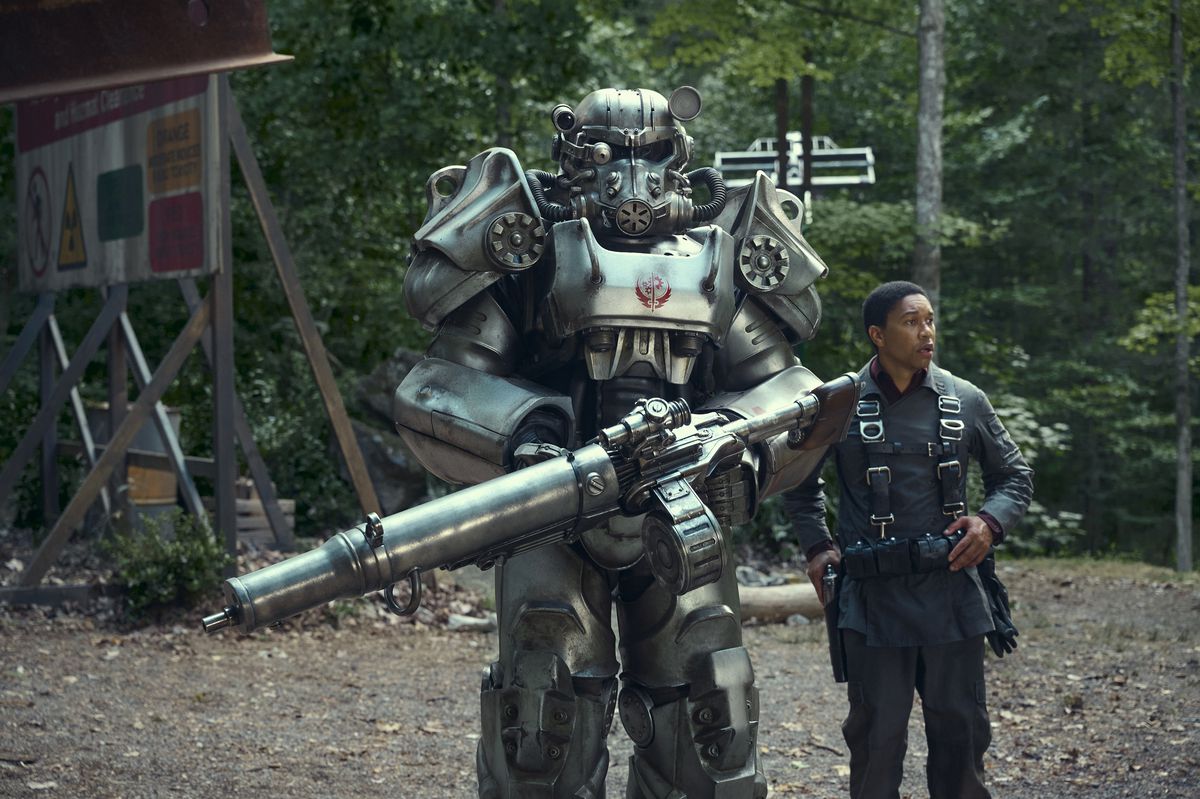
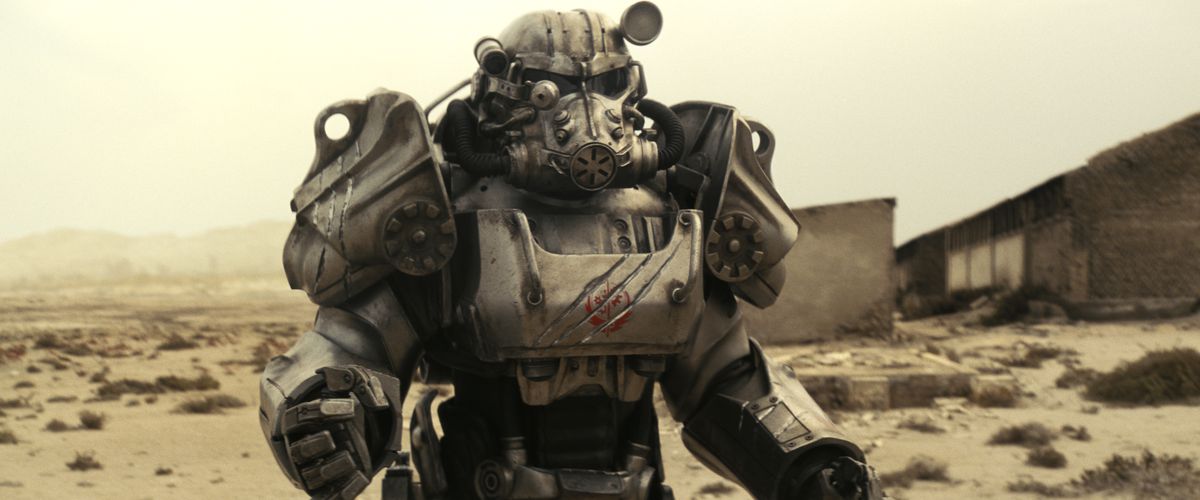
“So much of the show is practical. And had we been more one-for-one about every little detail, the show would have had to be 80% CG,” Wagner says. “At that point, why not just make a cartoon? You don’t really connect with things in the same way when it’s CG. You know, you want to be pretty surgical with that stuff when you can. And yeah, I think the alternative was to go full CG blob fest.”
And though Moten didn’t have to struggle through basic things like “grasping objects” in the same way Shippey did, he certainly got to experience the thrill of Brotherhood life.
“I get to get in there in my different ways; I can’t wear the full hero power armor suit […] [but] it doesn’t get old, seeing this massive suit walk by while you sit eating your cup of noodles,” Moten says. He also had his own share of the struggle: “That squire bag was the most hateable prop I ever have had. I mean, the thing is as big as me!”
Fallout season 1 is now streaming on Prime Video.
